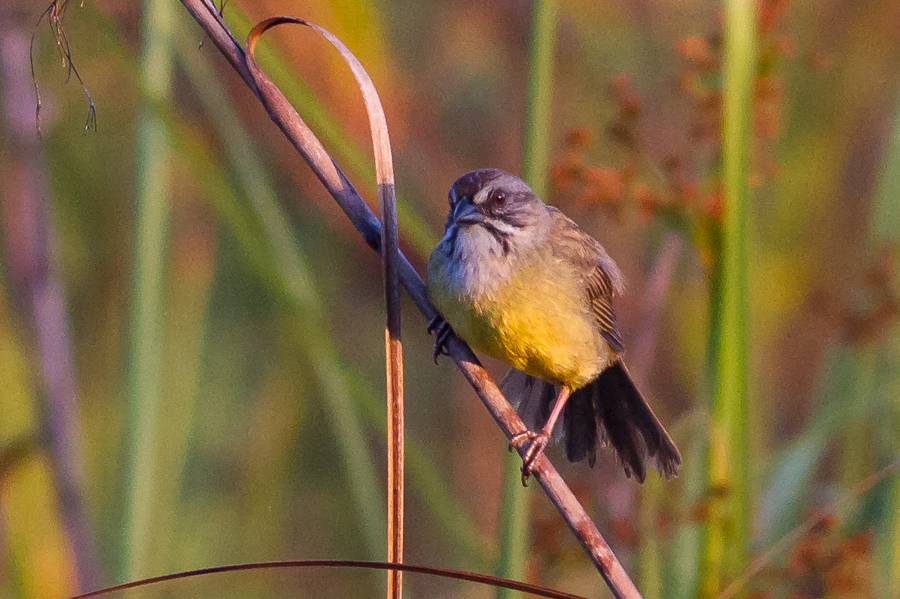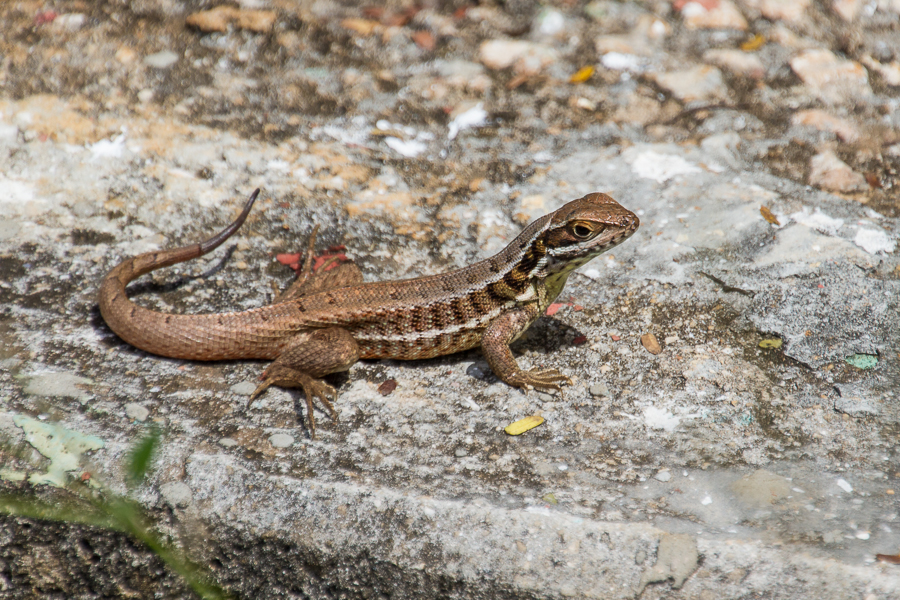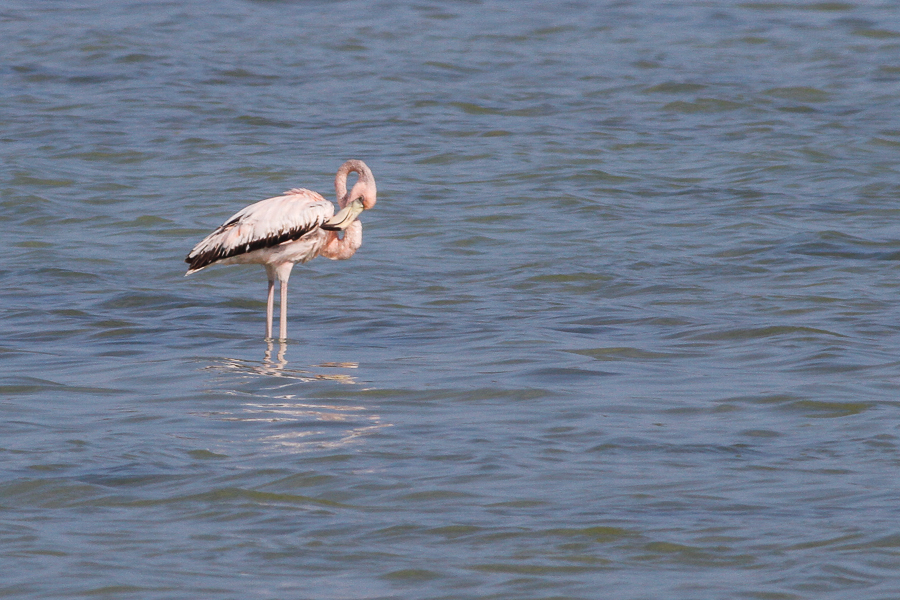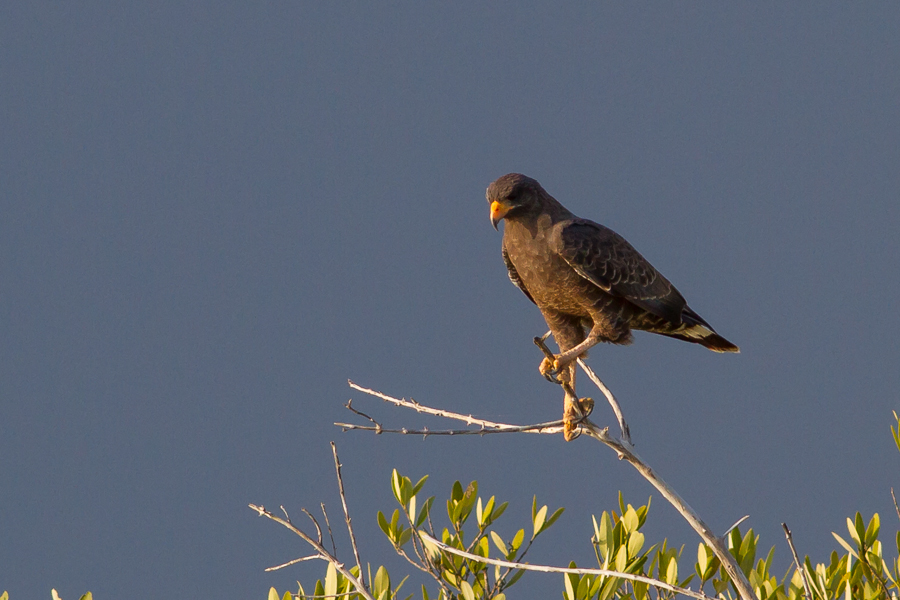Cuba Day 5 #830-#833 in the Zapata Swamp
Day 5, Sunday. We lose an hour of sleep die to the daylight savings time change. I’m woken up sometime after 5:00 AM by someone knocking on my door. Apparently the hotel decided not to trust the wakeup call phone system after all. I dress and head to breakfast, where I’m late; but it doesn’t matter because the cafe staff didn’t arrive on time either and my group is just ordering.
After breakfast, it was about 45 minutes out into the Zapata Swamp. We weren’t early enough (and the group wasn’t ambitious enough) to try for the Zapata Rail, but after a kilometer or so we found #830 Zapata Sparrow:

The next target was Zapata Wren. We worked on this for almost two hours. We heard it in a couple of place, but could never get it to pop up where we could see it. It’s about as hard to spot as a Marsh Wren back home. OK, it’s heard only; but it’s unlikely I’ll ever get back here to try again so I’m going to count it as #831.
Next we did a bit of urban (well as urban as rural Cuba gets) birding at the Crocodile Farm, where we had our first Cuban Crows, #832. (They look pretty much like every other crow on the planet.) The Crocodile Farm is a zoo specializing in Cuban endemics: Cuban Crocodile, Hutia, and so forth.
We had lunch at the hotel, and then a nice siesta during the heat of the day. I wasn’t feeling like wasting my limited time napping, so I explored the grounds and the local beach. Meanwhile, one of our group went snorkeling and had her hat and clothes stolen from the beach where she left them. Small lizards are everywhere. I add the Cuban Brown Curlytail, Leiocephalus cubensis, to the trip’s herp list:

(IDs of non-avian species are very tentative. I don’t have a comprehensive guide book for these. The only comprehensive guides for herps, butterflies, etc. are in Spanish, and only enough were printed to get one for each Cuban library.)
Later that afternoon we drove deep into a different part of the Zapata Swamp and found some distant American Flamingos, #832. (Also possible in the Florida Everglades but very hard to find there, and I’ve never seen them before.)

This was formerly known as the Caribbean Flamingo, but since there’s a native population on the other end of the Americas in the Galapagos, they got renamed.
Then, by the side of the road we got #833, Cuban Black-Hawk. Yesterday I thought I might have seen this species from the bus, but this time we got on it for sure.

Dinner was back at the hotel.
